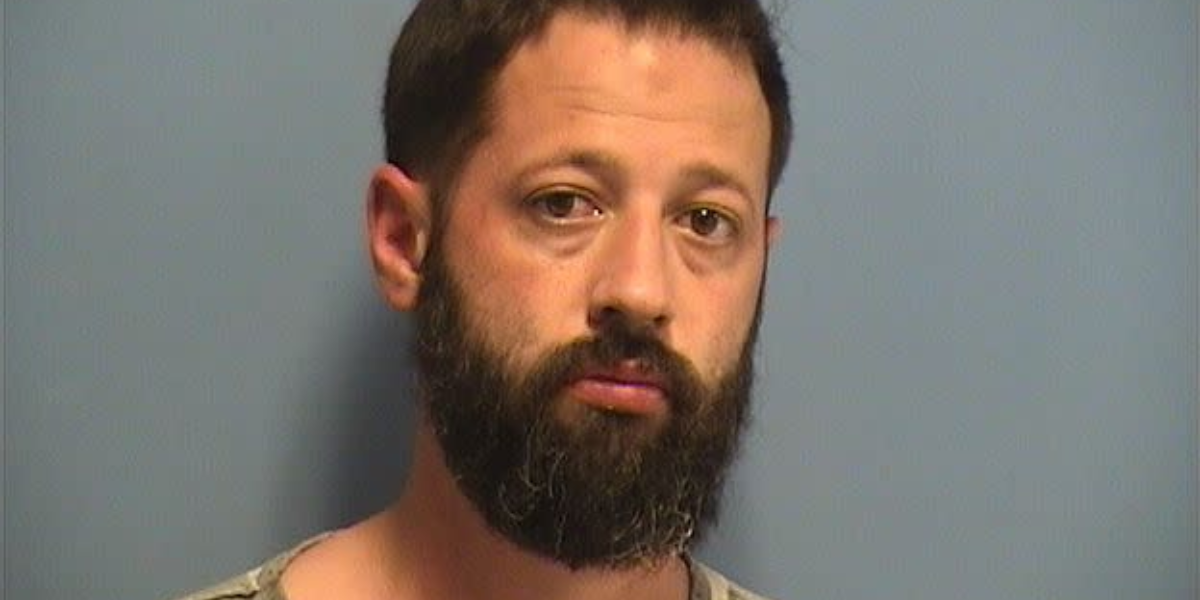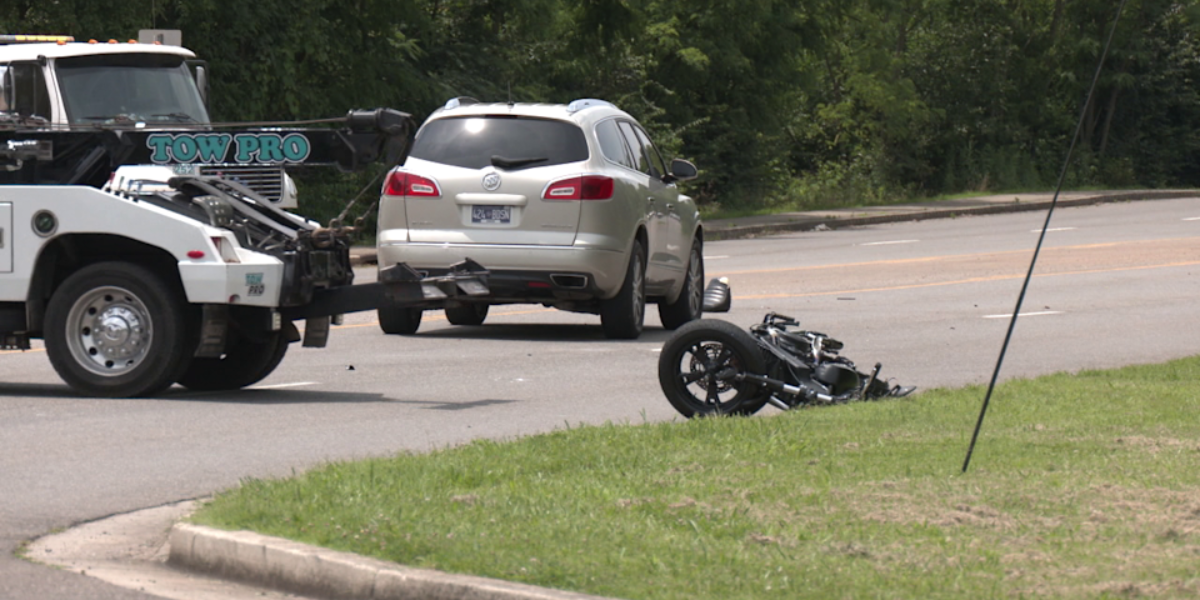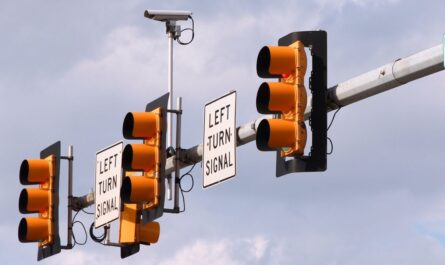Hundreds of thousands of Illinoisans could lose their food stamp benefits, and the state will have to pay more because of changes made to the most recent domestic policy plan.
On July 4, President Trump signed the “One Big, Beautiful Bill Act” into law. This law made big changes to Medicaid and other social services programs. The Supplemental Nutrition Assistance Program, or SNAP, is one of the services that is being changed. The bill changes the rules so that many people must work in order to keep their benefits. It also moves some of the program’s costs to the states.
The first food stamps were given out in the 1930s, during the Great Depression. The program, which was renamed SNAP in 2008, gives low-income Americans money every month to buy certain foods at grocery shops. Benefits have traditionally been paid for by the federal government, even though the states run the program and pay some of its costs.
The rule has changed who needs to work to get SNAP benefits. It now includes people up to age 64, homeless people, veterans, and young adults leaving foster care. Before, only people between the ages of 18 and 54 had to meet the work standards.
Before the changes, those groups didn’t have to show that they did a certain amount of work. But now, the U.S. Department of Agriculture says they will have to do 80 hours of paid, unpaid, or charity work each month to get benefits. People who are physically unable to work, like those who are pregnant, will still be exempt from the rule.
The changes could mean that 360,000 people in Illinois will no longer be eligible, according to the state.
Gov. JB Pritzker said in a statement, “Trump and Republicans would rather kids go hungry so their friends can get tax cuts.” “Here in Illinois, we have been working to combat food insecurity for years, and while no state can backfill these costs, the State of Illinois will continue to fight against these harmful impacts and stand up for working families.”
The USDA says that as of March 2025, about 1.9 million people in Illinois were on SNAP.
New fees for the state
Under the law, Illinois and most other states will have to pay a bigger share of SNAP costs, including benefits, because of how often the state pays out too many or too few benefits.
From October 2027 on, the government fiscal year 2028 starts. States with an error rate of more than 10% in at least FY25 are required by law to pay 15% of the cost of benefits. Less of the rewards would be paid for by states with lower error rates. The USDA says that Illinois had a mistake rate of 11% in FY24.
The state of Illinois says that more than 1.8 million people got $4.7 billion in SNAP payments in FY25. The state could be responsible for $705 million, or about 1.3% of the current year’s budget, if it has to pay 15% of the health care costs.
Also, starting with the government fiscal year 2027 in October 2026, states will have to pay 75% of SNAP’s administrative costs instead of 50%. SNAP management costs will get $60 million this year, which is $20 million more than last year.
Republicans in Congress and the Trump administration want to give states more control over aid programs, which is why these changes were made. The neutral Congressional Budget Office says that changes to SNAP will cause the states to spend an extra $121 billion on the program over the next 10 years, while the federal government spends $279 billion less. The CBO thinks that some states might quit the program or choose to offer fewer benefits than before, which would not make up for the changes Congress made to the program.
Because of the new cost rules, Pritzker and 22 other governors wrote to Congress last month saying it’s possible that states will have to leave or cut back on the SNAP program.


 by
by 

